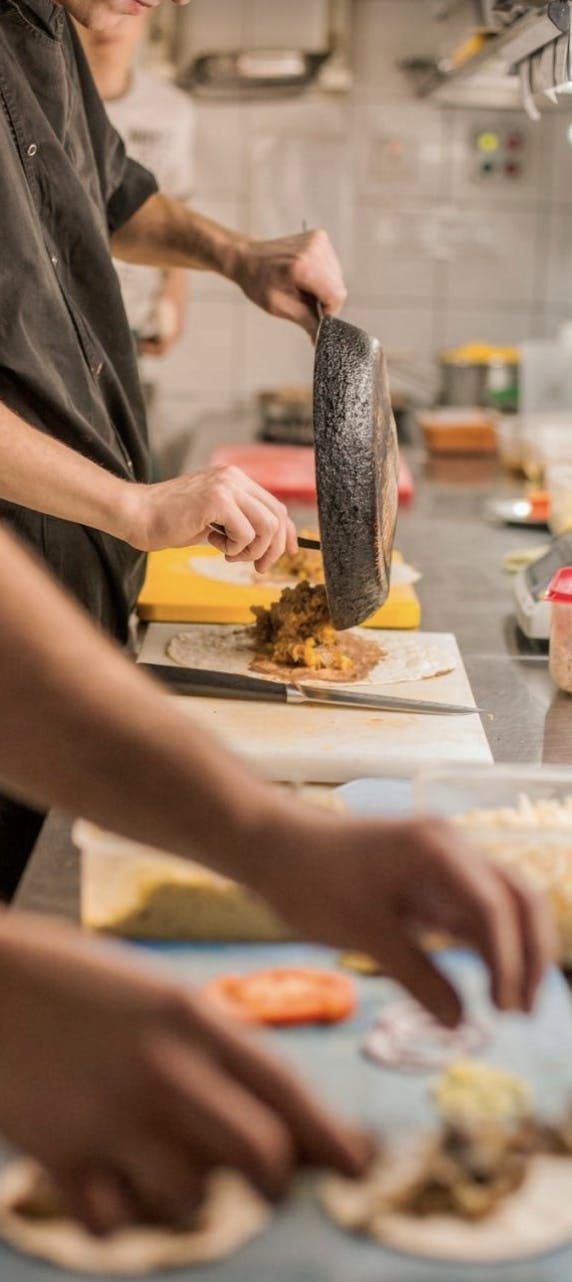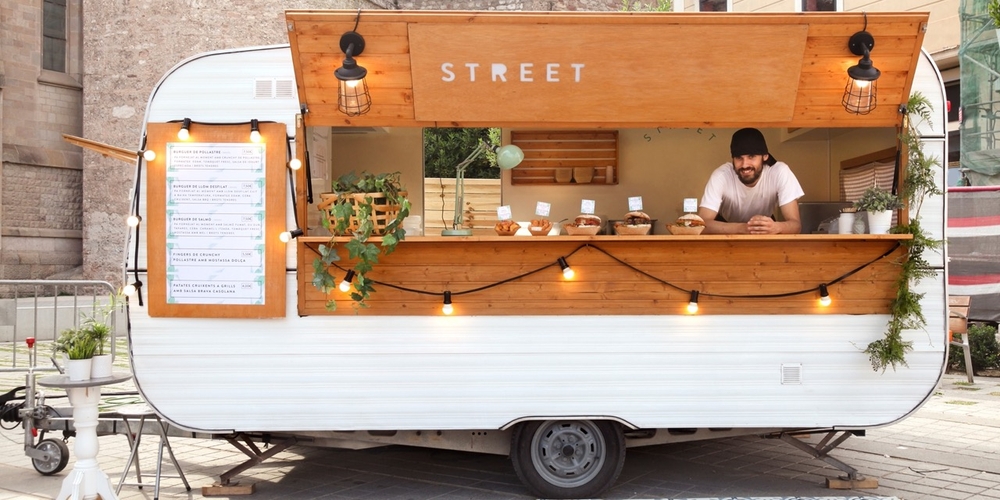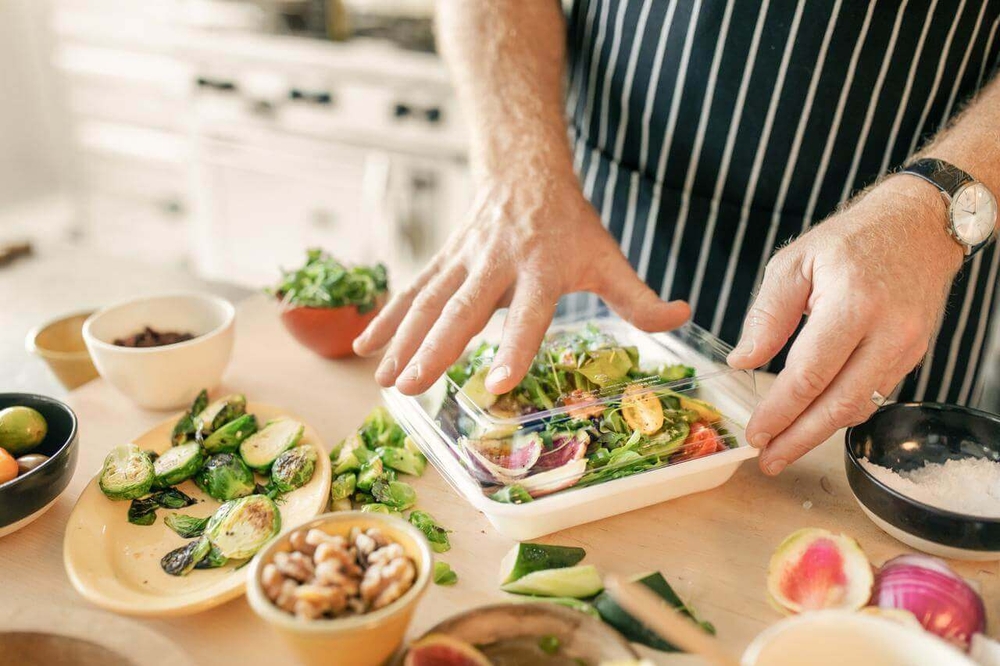What Is the Average Restaurant Profit Margin?
Table of Contents
CloudKitchens
How many tacos can be delivered from a 1000sqft restaurant?
The same amount as a 200sqft ghost kitchen.

Restaurant profit margin
In an industry famous for razor-thin margins, profitability is every restaurateur’s goal. A key step in achieving that goal is determining your profit margin—the percentage of revenue remaining after all costs have been counted.
Whether you’re simply trying to stay afloat in the first year of operating a restaurant or seeking to maximize the value of your culinary empire, the sustainability of all restaurants boils down to profit margin.
Read on as we break down everything you need to know about restaurant profit margins, from how to calculate them to proven strategies for optimization.
Calculating your restaurant’s profit margin
A restaurant’s profit margin represents what portion of sales revenue is left over after all operating expenses are paid, expressed as a percentage rather than a dollar amount. To determine your restaurant profit margin, simply divide net income by total revenue.
While some calculations can get more complex, the basic formula is as follows:
| Profit Margin = (Total Revenue – Total Expenses) / Total Revenue |
For example, if a restaurant has $100,000 in annual revenue and $80,000 in annual operating expenses, the profit margin would be:
| ($100,000 – $80,000) / $100,000 = 20% |
To calculate monthly margins, simply use the monthly revenue and expense totals—or average out yearly expenses by cost per month.
Especially during a restaurant’s first year, when very little (if any) profit is realized, tracking margins every month can be helpful. This allows restaurateurs to at least determine whether profit is trending upwards—a good sign for the restaurant’s future—or downwards, signaling that optimizations may be needed.
Industry benchmarks for restaurant profit margins
Several factors can influence a restaurant’s profit margins, from location and customer demographics to supply chain and labor costs. Still, there are industry benchmarks that owners and restaurateurs can aim for:
| Type of Restaurants | Average Profit Margin Estimate* | Source |
|---|---|---|
| Ghost kitchen | 15% | Link |
| Pizzeria | 15% | Link |
| Bar | 10–15% | Link |
| Full-service restaurant | 5-10% | Link |
| Fine Dining | 5-10% | Link |
| Food Food / QSR | 6–9% | Link |
| Food truck | 6–9% | Link |
| Catering | 7–8% | Link |
| Coffee Shop | 2.5% | Link |
These averages, though just estimates, can help give context in assessing your own margins. And while profitability is always the goal, it’s also important to keep expectations grounded.
As mentioned, the first year of a restaurant’s opening is especially costly, particularly for first-time owners. So consider keeping estimates and profit goals conservative as your restaurant gains traction.
Key factors influencing restaurant profitability
When designing strategies for optimization, it helps to know the typical expense categories impacting profitability:
- Food costs: 28–35% of revenue
- Labor costs: 25–40% of revenue
- Occupancy costs: 8–12% of revenue
- Other operating costs: 5–10% of revenue
All of these costs must be taken into consideration to accurately calculate your restaurant’s profit margin. Some smaller costs could easily go overlooked, such as tax fees, interest payments, and unexpected repairs or employee turnovers.

Boosting your restaurant’s profit margin
With careful planning, gains in profitability are possible. Here are some proven strategies to improve profit margin:
- Menu engineering: Structure pricing and offerings to drive higher check averages. Consider analyzing item popularity to streamline your offerings.
- Labor management: Optimize scheduling to control labor cost percentage, aiming to avoid under or over-scheduling staff.
- Cost control: Reduce waste in inventory, giving particular attention to perishable ingredients. Ensure proper storage and that you only order what is needed.
- New profit centers: Add revenue streams like catering, delivery, merchandising, or outsourcing to a ghost kitchen.
- Upsell to increase averages: Promote high-margin items. Train servers to encourage diners to order appetizers and desserts, potentially increasing profit through upsells.
- Boost marketing initiatives: Consider creating a restaurant loyalty program to encourage repeat customers. Promote your restaurant across social media channels.
Incremental improvements add up over time. Combining multiple strategies can create a compounding effect on margins.
The role of ghost kitchens in profit maximization
Ghost kitchens, also known as virtual restaurants or dark kitchens, are increasingly vital for profitability. A ghost kitchen is a delivery-only restaurant operating out of a low-cost rented commercial space with no dine-in facilities.
Here’s how ghost kitchens maximize your restaurant’s profitability:
- Lower overhead and operating expenses
- Ability to enter new markets, grow revenue and margins
- Expand delivery and takeout sales without added dine-in costs
- Test new concepts without high upfront investment
This setup allows you to expand your brand affordably to reach more customers—scaling existing restaurants, or allowing you to open new ones at a fraction of the overhead.
Boost profit margins with CloudKitchens
For a profitable foray into ghost kitchens, consider partnering with CloudKitchens. Our turnkey solution provides everything you need, from equipment to data analytics to order handoff support.
While a traditional restaurant might take up to 5 years to reach a breakeven point with a 10% profit on a $1M run rate, a CloudKitchens restaurant can potentially achieve the same profit margin in just 6 months.
With modern solutions like ghost kitchens, the potential for restaurant profitability is greater than ever before. Reach out to a CloudKitchens expert today to see how we can help you scale for success.
Food cost percentage is just one of many factors that determine a restaurant’s viability. In an era where digital presence and delivery models drive more sales, the parameters for culinary success have evolved.
Explore ghost kitchen locations across the US:
- Ghost kitchens in San Francisco
- Ghost kitchens in LA
- Ghost kitchens in NYC
- Ghost Kitchens in Toronto
- Ghost Kitchens in Atlanta
- Ghost Kitchens in Dallas
- Ghost Kitchens in Chicago
- Ghost Kitchens in Denver
- Ghost Kitchens in Miami
| DISCLAIMER: This information is provided for general informational purposes only and the content does not constitute an endorsement. CloudKitchens does not warrant the accuracy or completeness of any information, text, images/graphics, links, or other content contained within the blog content. We recommend that you consult with financial, legal, and business professionals for advice specific to your situation. |
Sources:
Zippia. Average restaurant profit margin [2023]. https://www.zippia.com/advice/average-restaurant-profit-margin/#:~:text=Catering.%207,service%20restaurant%20profit%20margin
CHRON. Common Food & Labor Cost Percentages. https://smallbusiness.chron.com/common-food-labor-cost-percentages-14700.html
More insights & stories
There’s more where that came from.
Get in the know and check out our additional insights


